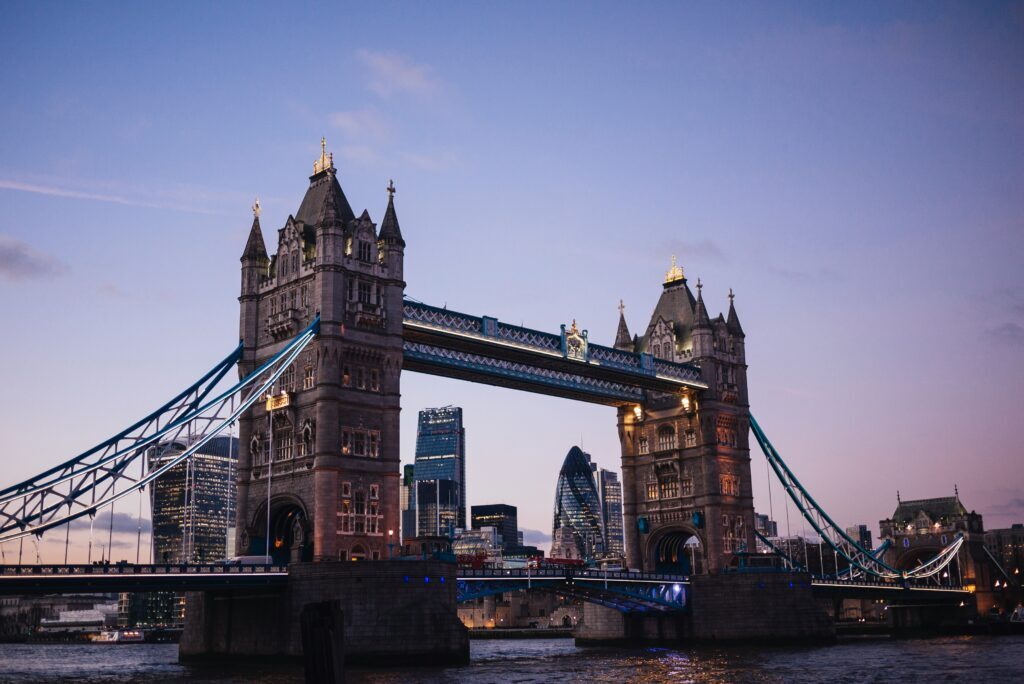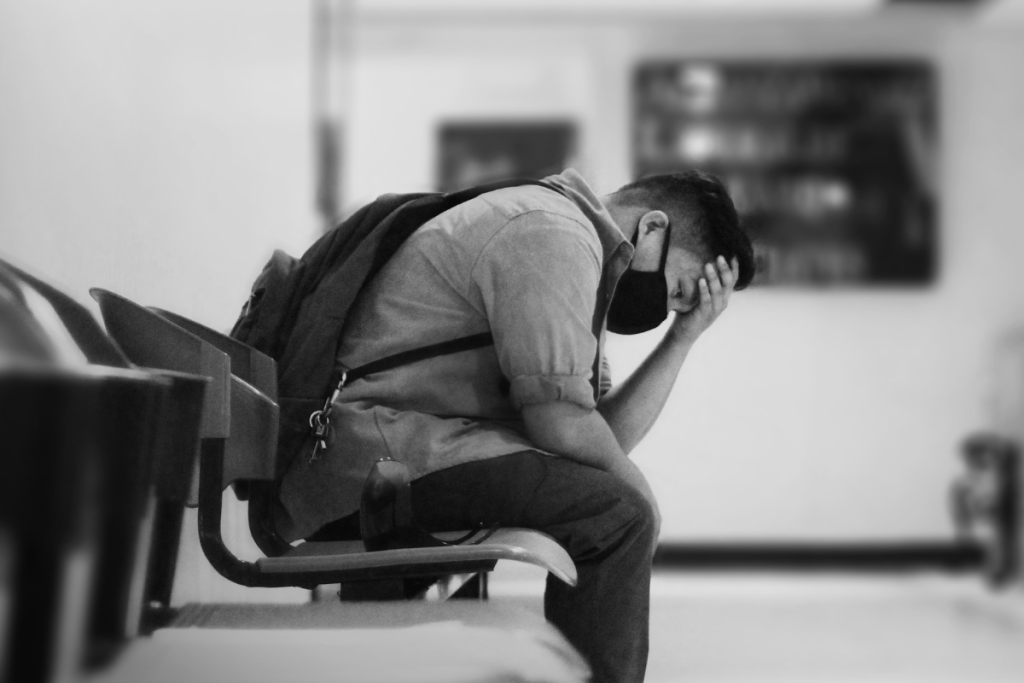The UK had one of the highest vaccination uptakes
One of the biggest global success stories in recent years are the COVID vaccines that came on the market and were approved by governmental authorities less than one year after the pandemic started. The vaccination campaign here started in early 2021 here in the U.K., which has had one of the highest COVID vaccination uptakes in the world: More than 260 vaccine doses have been administered per 100 people, meaning that most adults received at least one booster after their first two doses.
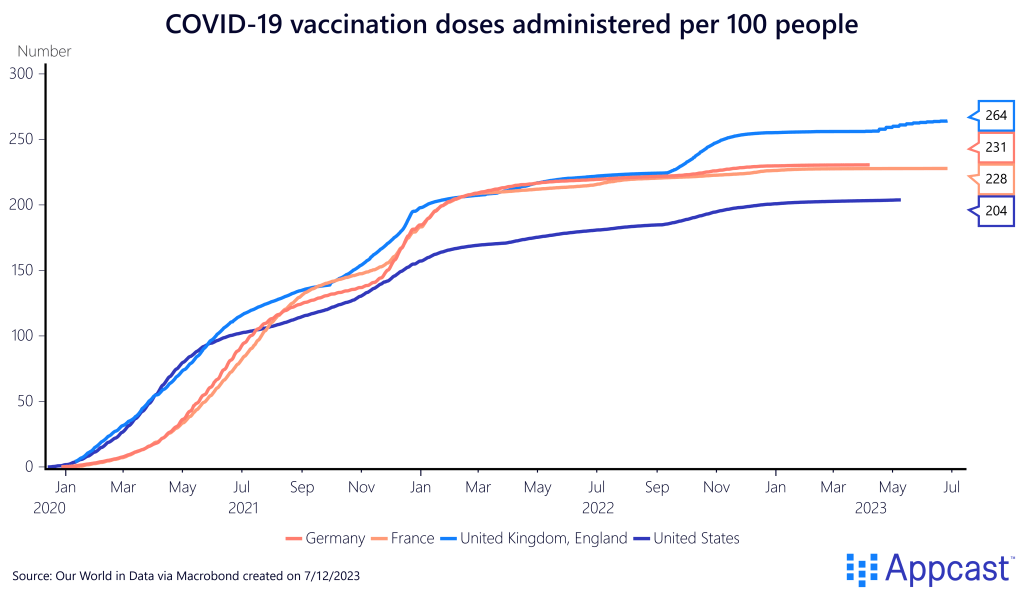
The pandemic was pretty much declared over at the end of 2022, life back to normal, even as some people are still being hospitalized this year.
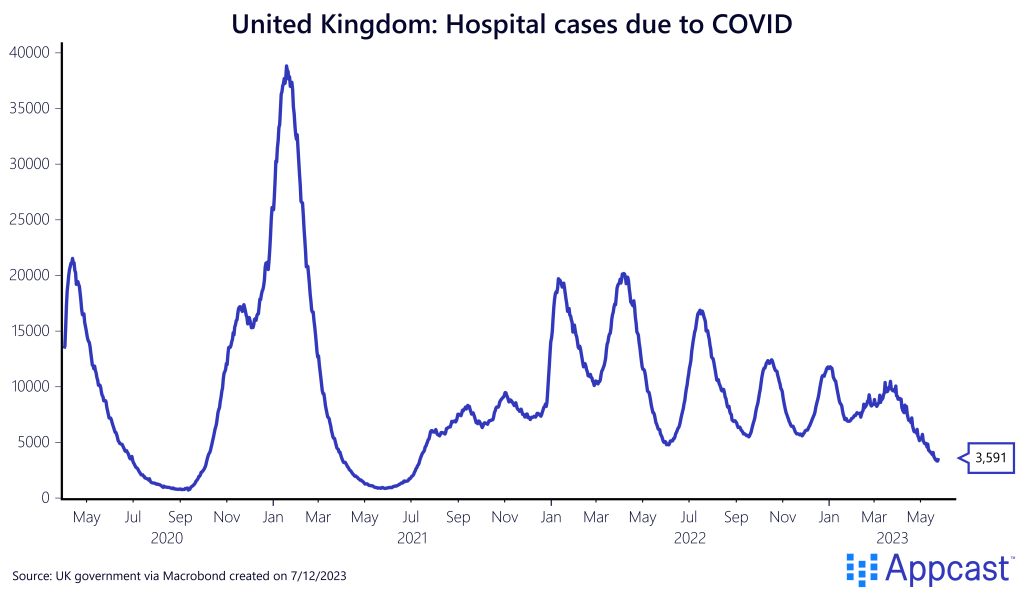
Excess weekly deaths remain elevated
The U.K. is suffering from an ongoing public healthcare crisis and more people are dying than before the start of the COVID pandemic. The U.K. government is modeling the expected number of death registrations based on 5 years of data from years preceding the pandemic to estimate the number of deaths expected in each week. Based on this, excess deaths are then estimated from the end of March 2020 onwards.
Excess deaths surged early during the pandemic and the cumulative death toll in the U.K. reached some 90,000 by January 2021, or more than 2,000 people per week.
With the COVID vaccination campaign that started in early 2021, excess mortality came down sharply but never reached their pre-pandemic level. Over the last one-and-a-half years, weekly excess deaths in the U.K. have been slightly above 700, meaning that the cumulative excess deaths toll increased by another 70,000 to a total of about 160,000.

So why are people dying if not COVID?
The most plausible explanation for why the excess deaths rate in the U.K. remains elevated is that many people are dying now from health problems unrelated to COVID. During the first two years of the pandemic, the National Health Service (NHS) was stretched completely thin and many people suffering from other diseases were left behind and didn’t receive timely or adequate treatment. Unfortunately, the situation has not improved one bit. To the contrary, NHS waiting times are now at a record high. The median wait time for a referral is at over 14 weeks, which is more than twice as high as before the pandemic. The total number of people on a waiting list increased from 4 million pre-pandemic to over 7 million today.
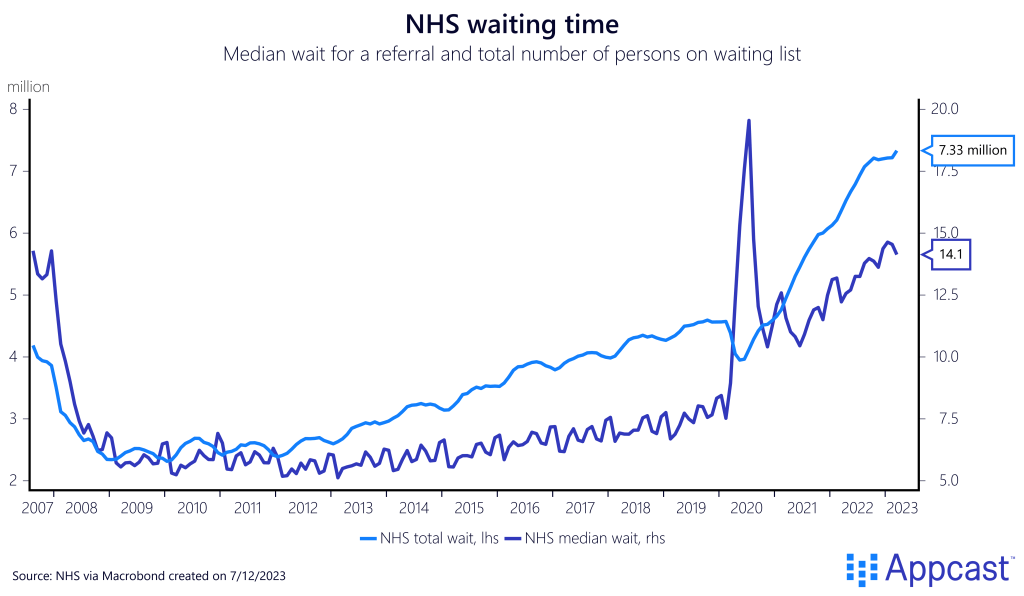
Moreover, a Bloomberg analysis shows that waiting times for ambulances and at accident and emergency departments (A&E) have also surged during the pandemic and remain elevated well above pre-pandemic levels. There are large regional differences though. Where you live in the U.K. could literally determine whether you live or die while waiting on ambulances and emergency services.
The failure of the NHS is negatively affecting the labor market and the economy
The failure of the NHS is also negatively affecting the British economy and labor market. The number of people who are out of the labor force for long-term health reasons – meaning they are not working or looking for work – has increased by 25% from about 2 million pre-pandemic to a record high of 2.5 million this spring.
On top of the massive negative shock that Brexit has dealt to the U.K. labor market, the pandemic and the failure of the NHS are now causing a second negative labor supply shock with an additional 500,000 persons now out of work for health reasons compared to 2019.
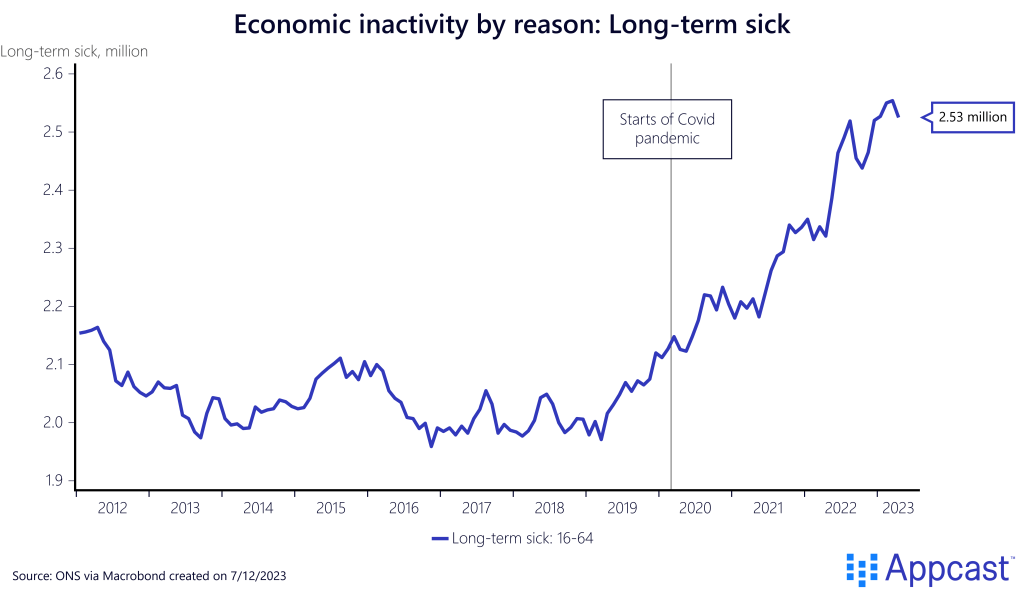
Work absences due to sickness have also surged to a record high and were more than 30% higher in 2022 compared to the years before the pandemic. Deteriorating health for many workers is thus imposing large costs on employers and the economy: 45 million additional working days lost (or about 1.5 working days per year per payroll employee) multiplied by the average daily salary of about 130 GBP means more than 5.8 billion pounds in total losses, or a little under 0.3% of U.K. GDP. This crude calculation thus suggests several billion pounds of additional cost burdens for employers, and these are just the direct effects. (The assumption that all these “lost” working hours aren’t replaced by other workers could bias this estimate upward.)

One big reason why the health care system in the U.K. is beyond capacity now is also due to the fact that physician density is particularly low compared to most other European countries. The doctor shortage is aggravated by the fact that salaries for junior doctors, especially NHS doctors, are extremely low compared to other countries like the Australia, Canada, or the U.S. In short, the NHS is underfunded, and workers are underpaid.
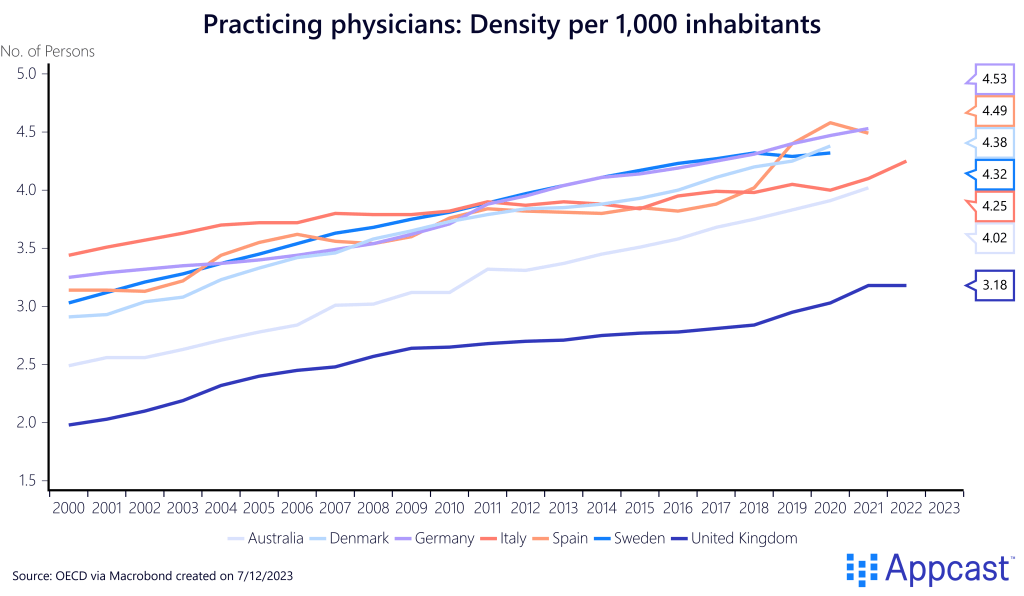
This is precisely the reason why the U.K. government just announced an ambitious reform that would increase the training capacity for NHS nurses and doctors. The staffing strategy aims to double medical school spots for doctors to 15,000 by 2031. Training places for nurses and midwives are due to almost double to 54,000 and general Practitioner (GP) training places are supposed to increase by 50% to 6,000. The program is also backed up by more than 2 billion pounds in additional funding.
While all of this is excellent news, the demographic change and increased demand for healthcare that advanced economies like the U.K. face are not exactly news and have been coming for a long time. So, these reforms were long overdue. And it will take years now for the increase in training capacity to translate into higher supply of NHS services.
Labor force participation remains depressed
The strained health care system here in the U.K. is increasing economic inactivity and the number of workdays lost due to sick leave. Contrary to many other European economies which have seen their labor market rebound very quickly in the aftermath of the COVID recession, the U.K. labor market is still depressed. Both total employment and labor force participation rate are still slightly lower than at the end of 2019. And real GDP has not quite yet recovered either.

While the reasons for the extremely high and sticky inflation in the U.K. are multifaceted, there is no doubt that the negative labor supply shocks the U.K. economy has suffered from is contributing to labor market mismatch. And this is leading to productivity declines and higher inflation, given that many companies face extreme difficulties to hire the right personal.
Fixing the bottlenecks in the national healthcare system should be top priority for policy makers. Pulling a few hundred thousand workers back into the labor force would help alleviate some of the supply side stagnation that the UK has experienced since early 2020.
Conclusion
The NHS is stretched dangerously thin. Waiting times for referrals have more than doubled recent years. Though we leave it up to healthcare policy makers to suggest how to reform the system, we can note with certainty that the NHS is underfunded and needs a significant increase in budgets in the years to come. While the taxpayer would ultimately have to foot the bill, inadequate healthcare services are currently a massive burden for the entire U.K. economy that will end up costing much more. Weekly excess deaths are still running at a rate of 700 per week (or 40,000 annualized). Moreover, an additional 500,000 people are out of the workforce due to long-term health issues and working days lost to sickness have surged. This negative supply shock is adding to the U.K. inflation problem as companies have trouble filling positions, which is hurting productivity and inflating recruiting costs.

